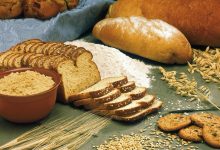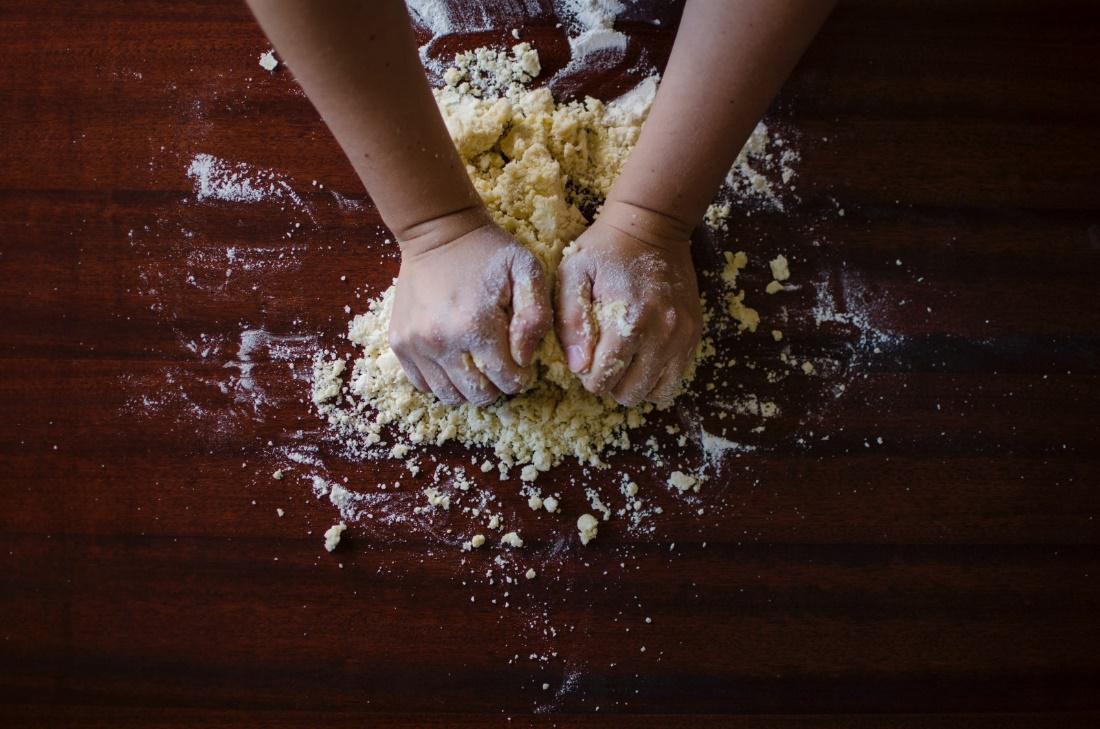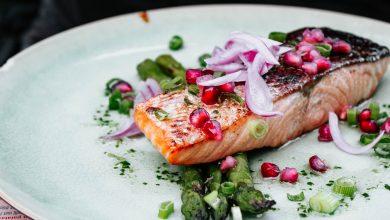
Finding the Balance: Gluten-Free Flours
What they are, what they taste like, and how they can be used
Wheat-based flour is probably the most common ingredient that someone eating a gluten-free diet has to avoid. Glutinous flour is in bread, thickeners, baked goods, crackers, snacks, and even sauces. If you need to go gluten-free, needing a flour replacement is inevitable.
There are some great one-to-one flour replacements already available on the market. However, those who prefer more nuanced control over their baking will need to know more about gluten-free flours, how they work, and what flavors and textures they bring to the table.
Mixing Gluten-Free Flours
None of the types of flours discussed here will work very well as a straight substitute for wheat flour. Since the gluten in wheat flour provides elasticity and binding that lets baked goods rise, roll, and grow, it usually takes a mix of three ingredients to replace it: a high protein gluten-free flour, a low protein gluten-free flour, and some gum.
Don’t be afraid to try different ratios of high protein to low protein flours as you bake and cook to find what gives the texture, rise, and flavor profile you prefer.
High Protein Gluten-Free Flours
High protein gluten-free flours tend to have excellent binding properties, meaning they will help your final product stay in one piece rather than falling apart the second comes out of the tin. It will also add a nice, chewy mouthfeel when eaten. The downside to high protein options is that they tend to have a strong flavor profile that affects many foods.
Buckwheat, despite its name, is gluten-free. It has an earthy, robust flavor that works well in things like pancakes and bread. As an added plus, it’s a good source of both fiber and protein.
Coconut flour is a highly-absorbent flour with a definite coconut flavor that it will impart to anything baked with it. Because of that, it’s probably better for sweet items rather than, say, pasta. Also, because it is so absorbent, you don’t need to use as much of it; plan on roughly ⅓ cup of coconut flour for every cup of wheat flour in a recipe.
Cassava flour can do a decent job of replacing wheat flour on a 1:1 basis, though it is a bit more absorbent; err on the side of starting with less. The big issue with cassava is that it’s very high in carbohydrates while being very low in nutritional value—in other words, it may work well, but it’s not great for you. Go easy on this one.
Much like coconut, bean flours, whatever bean it’s from, will bring their flavor profile with them. These flours are great for pasta, bread, crackers, and other savory treats. Beans also have a good amount of starch in them, so bean flour works well as a thickener.
Almond flour comes in two varieties: unblanched (skin on) and blanched (skin off). Unblanched almond flour is darker in color and has a strong, nutty flavor that goes great into your savory foods and bread. Blanched almond flour is lighter in color and flavor, doing well in light cakes and other baked goods. As a bonus, almond flour is fattier and tends to turn out moist baked goods—think macarons, a classic almond flour dessert.
Low Protein Gluten-Free Flours
Essentially the polar opposite in taste and behavior from their high-protein siblings, low protein flours have a milder taste but tend not to work well as binders. Because of this, blending them with a high protein flour can mitigate the strong flavors of the higher protein while still maintaining adequate binding.
Tacos, anyone? Corn flour is probably most famously used in creating corn tortillas, which often become crisp taco shells or corn chips. Of the low protein flours, corn flour has the strongest flavor profile, so be aware that cooking with it will bring that distinct corn flour taste to your dish.
Rice flour is basically flavorless and is thus a good option to water down stronger flavored gluten-free flours. Some people say it creates a gritty feel in baked goods, but that doesn’t prevent it from being the typical flour in some types of dense cakes. It also works as an excellent thickener. Further, if you find the mild taste works for you, pasta made from rice is readily available to you in all its gluten-free glory in your nearest Asian food aisle.
A versatile flour, millet has a barely-there flavor profile and a light texture that is similar to wheat flour. As with other low protein flours, it lacks binding power, but the flavor and texture do particularly well in pasta and bread.
Remember the Gum
No, not chewing gum. Instead, this refers to types of gum that are powdered and added to gluten-free flours to provide the elasticity needed in bread and other baked products. Without gum of some form, dough made with gluten-free flour is incapable of stretching or doing anything else except break.
There are two main types of gum available on the market: guar and xanthan. Guar gum is the less expensive of the two and since both gums function essentially the same, it may seem guar is the obvious choice. Unfortunately, some people react poorly to guar gum in their food and may experience stomach cramps or diarrhea after ingesting it. While trying guar and leaving some cash in your pocket is worth a shot, xanthan tends to reliably leave people unbothered.
As with flour blends, the type and amount of gum you use in different recipes will likely take some experimentation. However, there are some markers to start.
- Bread or pizza: 1 teaspoon of gum per cup of gluten-free flour
- Cakes, muffins, or quick bread: ½ teaspoon of gum per cup of gluten-free flou
- Cookies or bars: Start at around ¼ teaspoon of gum per cup of gluten-free flour, though you may end up needing to add a touch more depending on the recipe
Word to the wise: always measure your gum carefully and read any premade flour blends you buy to check for gum in the ingredients. Extra gum does not make your baked goods chewier; instead, the dough will end up a stringy, inedible mess.
Go Forth and Bake
Even eating gluten-free, the art and science of baking and cooking are still yours. While gluten-free foods may never be exactly the same as wheat flour foods, experimentation and determination will create delicious, desirable foods that stand on their own feet.
Sources:
https://www.chowhound.com/food-news/215633/gluten-free-flour-guide/
https://www.chowhound.com/food-news/229500/cassava-flour-what-is-it-and-how-to-use-it/
https://www.thespruceeats.com/xanthan-and-guar-gluten-free-cooking-1451162













